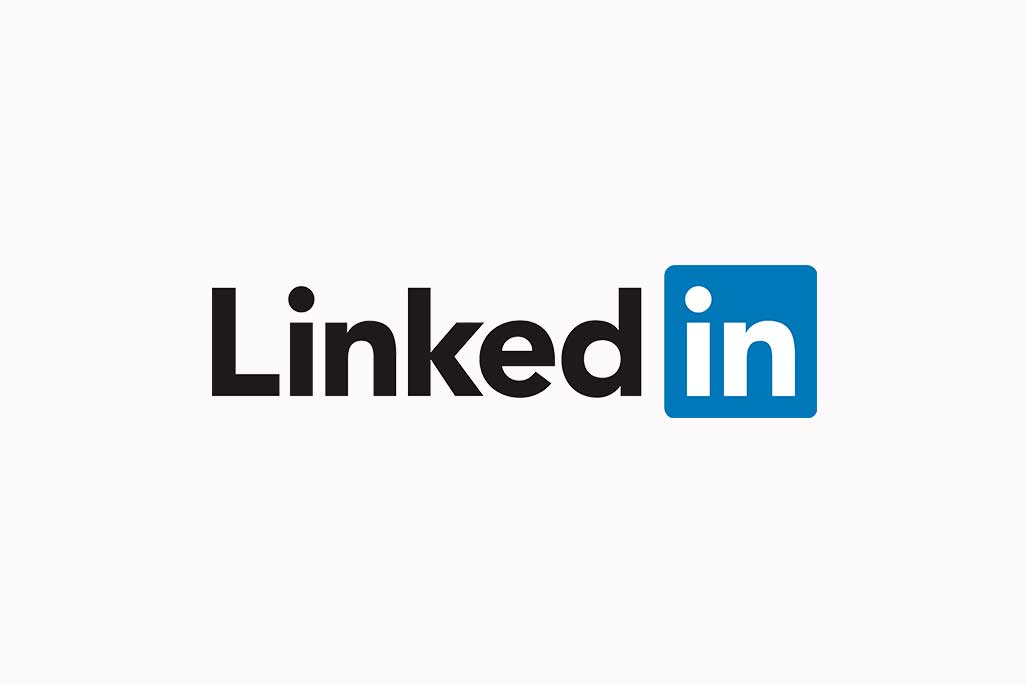Published on March 26, 2020
It’s all new to me. As a CEO, I’ve always had a home away from home and now I’m working through all of the ups and downs of sending our office staff to their homes to conduct business. We, like many who are embracing our part in social distancing call to action, were not well prepared. I feel like I’ve been inundated by hundreds of suggestive emails on how to defend ourselves against a viral attack, but have been lacking in suggestions on how to conduct business remotely; until today.
Young Presidents Organization (YPO) is a godsend in how it is helping members traverse this new landscape to so many of us. Last week, I had the benefit of participating in a YPO webinar with Matt Mullenweg, CEO of Automattic, who has run a 1,200+ person, completely distributed workforce company for the past 15 years. For context, all Automattic employees collaborate remotely across the globe, and have a massive impact on the world despite having a fraction of the resources of other tech giants.
Matt graciously share some great points on the critical challenges and opportunities of a distributed work environment:
Challenges:
- You must have the right hardware to connect. A good headset can make a big difference in the quality of a meeting. A video feed failure is not ideal but a failed audio stream will doom that zoom call!
- We intuitively pick up body language from people when we are physically together that we may not read while video conferencing. You need to look differently for queues.
- Working from home is not the norm for most. We don’t have a designated space and can be distracted or interrupted by family and pets.
- It can feel like a weekend every day for those who first begin this new way of business life; especially if it’s temporary. It takes conditioning and discipline to work at home.
Opportunities:
- Managers can learn to manage outcomes and not individuals. Micro management is seldom thought to be helpful or motivating!
- The freedom an employee has to do their job how and when they see fit is the ultimate autonomy many savor. Having the freedom to choose how to get from A to B is powerful. In Daniel Pink’s book, Drive: The Surprising Truth About What Motivates Us, he lists autonomy as one of the top three motivational factors.
- You will learn to communicate much more efficiently. People will gravitate towards what works best for them and the group. Email, Zoom, Slack, Internal Blogs, etc. all have a certain effectiveness based on the circumstance. Quick and effective over-communication is critical and impactful.
In a less structured environment, it becomes increasingly important to realize how to manage yourself too! You might choose to dress in your comfortable robe but it’s suggested a business casual dress code will help to keep your mind on the business at hand. You should keep a schedule and a defined routine. If the day gets stale and you lack motivation, perhaps you move to another area of your home or out onto the deck? Some might find it nice to burn a candle in the afternoon without the risk of offending a fellow worker who doesn’t appreciate the “Piping Hot Donut” scent!
Ultimately, Matt suggested we “embrace the new constraints and unlock new possibilities”! We will make it through as long as we stay calm and take one day at a time!
